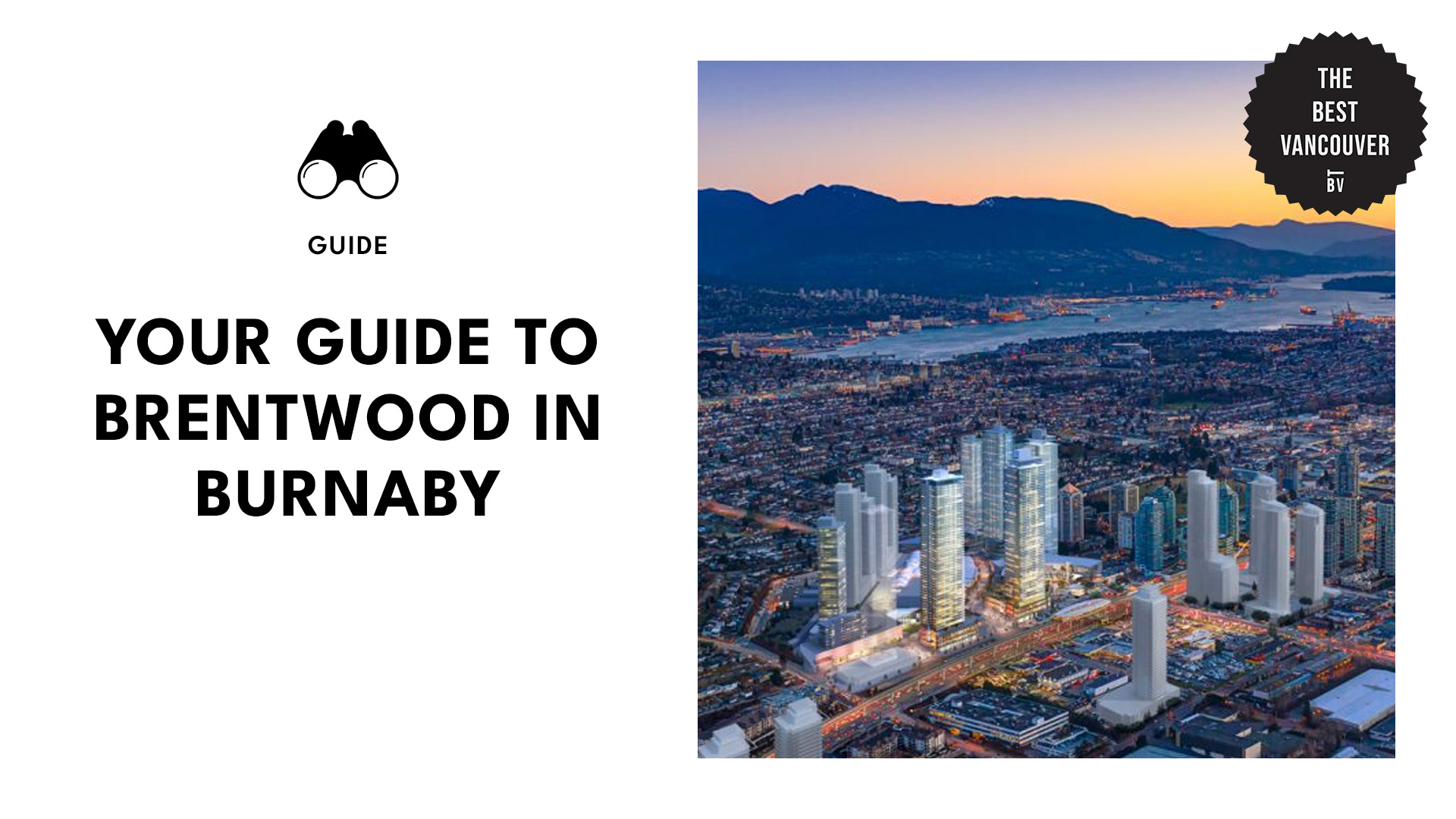Are northern lights visible in Vancouver?
Aurora Borealis – the dazzling display of colorful lights that paints the night sky – holds a name as captivating as its appearance. Most of us know it as the “Northern Lights,” a celestial show that brings the dawn in the northern hemisphere.
The thing is, witnessing this natural spectacle is such a rare treat that most of us have resigned ourselves to just admiring it through photos and movies.
But what many probably didn’t know is that Vancouver might just hold the key to fulfilling that dream. Get ready as we unravel the best time and locations for experiencing the Northern Lights in Vancouver.
Can you see the Northern Lights in Vancouver?
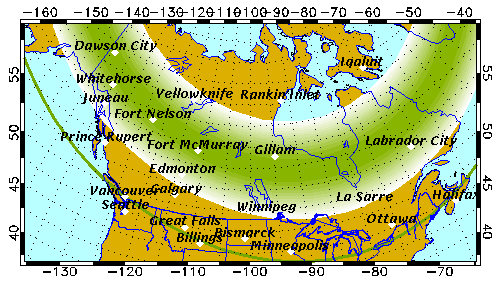
It’s possible to see the Northern Lights in Vancouver, but the chances are relatively low compared to more northern regions.
Vancouver’s southern location and light pollution make it a bit more challenging, but on rare moments when solar activity is particularly strong, the Northern Lights might just grace the skies of Vancouver.
Just recently, there was high anticipation that the Northern Lights would show on Vancouver skies. The University of Alaska Fairbanks predicted a chance of seeing the aurora displays low on the horizon on July 12.
But following updates from the university and the Space Weather Prediction Center have downgraded the likelihood of visible aurora displays in Vancouver. Since there are many factors involved in seeing them, forecasts can change just like that.
How are the Northern Lights even visible?
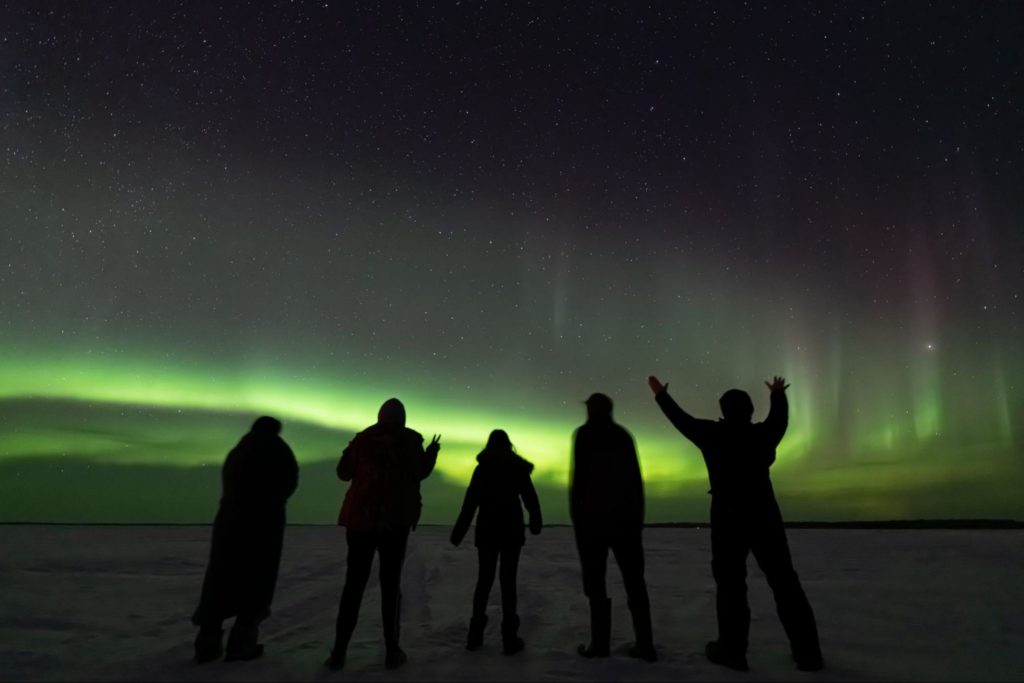
The Northern Lights occur when charged particles from the sun collide with molecules in the Earth’s upper atmosphere. Solar winds carry these particles and the Earth’s magnetic field guides them towards the polar regions, where the interaction happens.
When those particles smash into gas molecules, the atoms get all worked up and start releasing energy in the form of light. Oxygen molecules bring that familiar greenish hue, but every now and then, nitrogen molecules add red and purple shades to the mix.
Our eyes don’t always see the true colors of the Northern Lights accurately.
In low-light conditions, for instance when the nights are really dark, our eyes are more sensitive to shades of gray. This can make the colors of the Northern Lights appear less vivid to us.
But there’s a handy tool called the Kp index, or planetary K-index, which helps predict the visibility and intensity of the Northern Lights. By monitoring it, you can increase your chances of witnessing the Northern Lights in all their glory.
When can you see the northern lights in Vancouver?
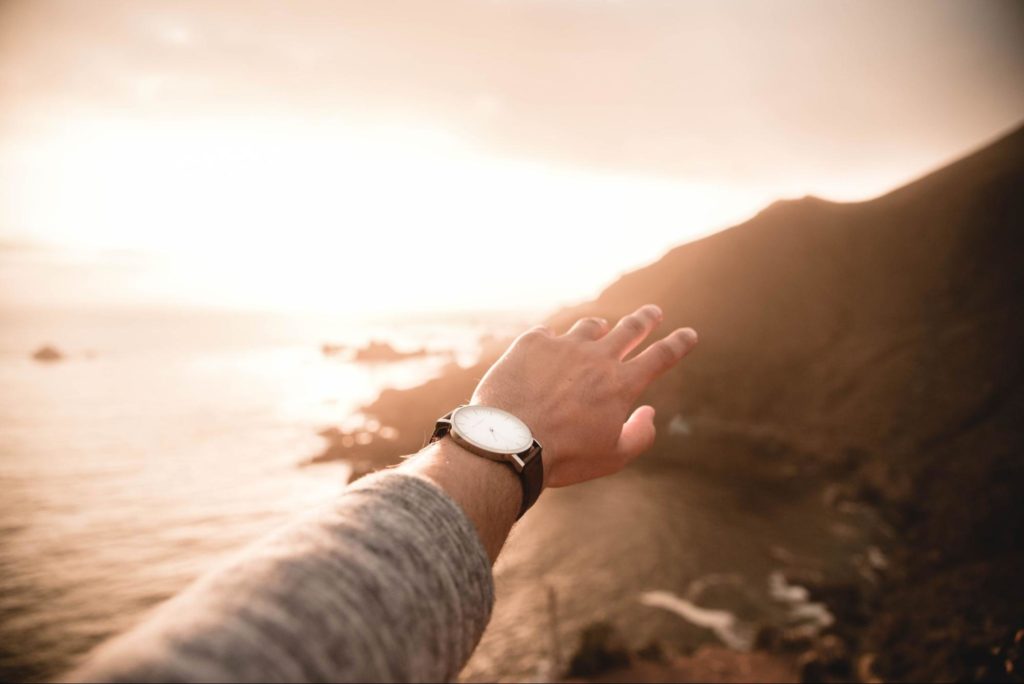
To see the Northern Lights in Vancouver, timing is crucial. The best time to see them is determined by clear skies, darkness, and favorable weather conditions.
When the sun is on the opposite side of the planet (or “astronomical midnight”), you have higher chances to see the aurora display. UAF suggests spending three to four hours around midnight outside to increase your window of opportunity.
As you’ve probably expected, the brightness of the moon can affect your viewing experience. A bright moon can make it trickier to see those dancing lights in the sky, so choose a time when the moon is less bright or, even better, not visible in the sky.
Keep in mind that seeing the Northern Lights in Vancouver isn’t guaranteed. But with a little luck and planning, you might have a shot at it, especially if you try in the winter season, from December to March, which offers longer nights and darker skies.
If you’re flying across Canada or British Columbia, at least, there may be opportunities to spot the Northern Lights from the plane. Just make sure that your flight path is passing over the Northern regions and you’re on the side of the plane facing north.
If witnessing the northern lights is on your bucket list, keep an eye on weather conditions and lunar cycles and remember to check aurora forecasts (UAF provides it daily) for increased chances.
Where can you see the northern lights in Vancouver?
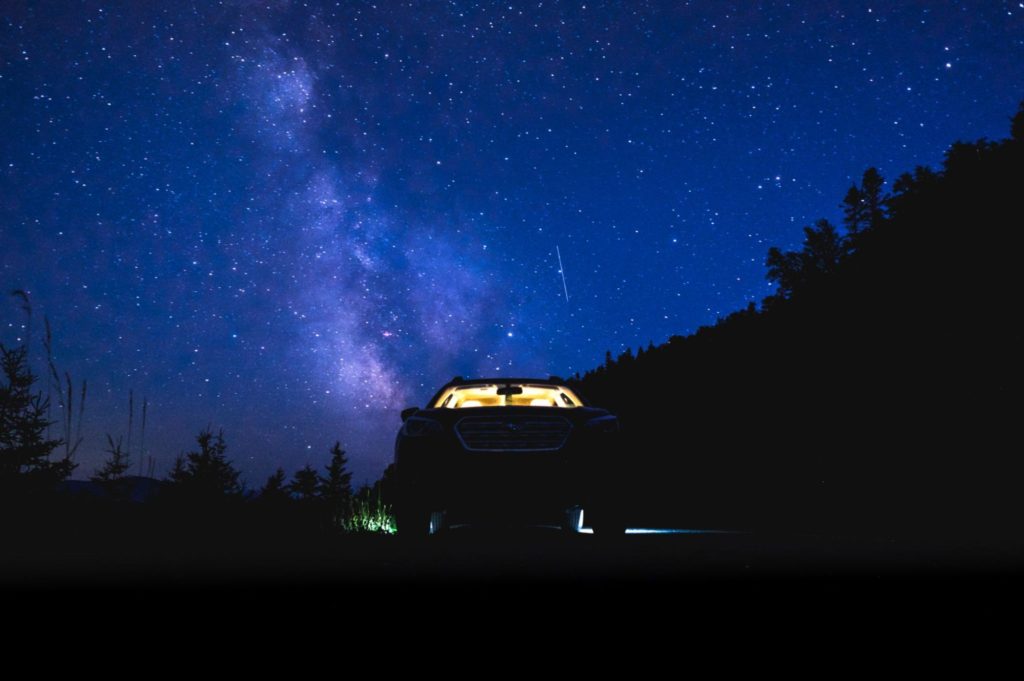
If you’re looking for the best chances of witnessing the Northern Lights in Vancouver, you’ll want to head to locations just outside the city. While Vancouver itself has some light pollution, there are nearby spots that offer darker skies and minimize the city lights.
Consider visiting Dark Sky Preserves like McDonald Park in the city of Abbotsford. It’s a good one hour away via Trans-Canada Highway but provide optimal conditions for Northern Lights viewing.
For an even more immersive experience, venture outside the city and take the Sea to Sky Highway (Sea to Sky Highway) to reach rural areas such as Squamish, Whistler, or Vancouver Island. These locations offer darker skies and are away from urban light sources.
If you’re up for a longer journey, you can increase your chances by visiting the northern regions of BC. Whitehorse is closer to the Arctic Circle and may experience more frequent and intense aurora activity.
It also has several aurora borealis viewing lodges. The viewing season spans from late August to mid-April, but if you’re visiting Whitehorse in the winter, make sure to bring clothing meant for subzero temperatures.
There are also tours that you can join to catch the spectacle while also enjoying the local experience. If you want to do it your way, though, you can also engage with online communities that generously share the latest sightings and locations in BC.








